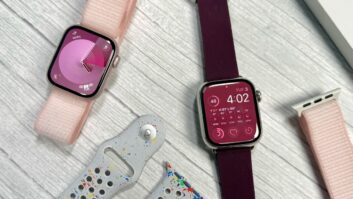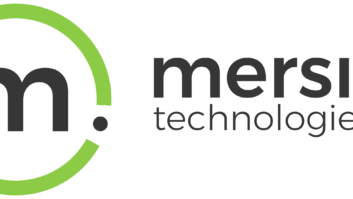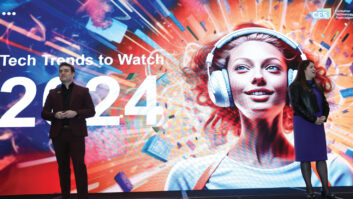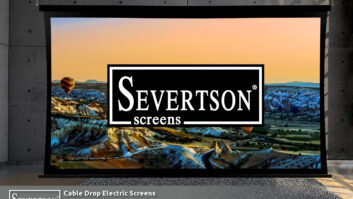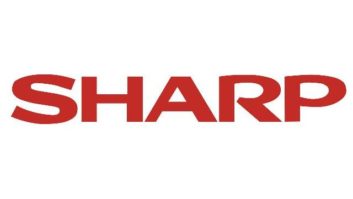NEW YORK — The car audio aftermarket will go to International CES to prove its relevance in a world where smartphones are eclipsing the CD as sources of in-car entertainment.
Suppliers will also go to the show to tap new niches to expand sales beyond the challenging car aftermarket.
Here are seven key technologies and trends to look for at the show:
1 Android Auto/Apple Car Play: In-dash head units with these technologies feature large touchscreens to control key functions of a USB-connected Android or Apple phone.
In 2014, Pioneer launched its first four multimedia head units and a CD-less digital media receiver (DMR) with Apple’s CarPlay technology, and Alpine launched a DMR with Car Play.
At CES, the selection of CarPlay-equipped head units will expand, and at least one aftermarket head unit will appear with Android Auto.
As of early December, only Ferrari offers a vehicle with OEM CarPlay, and no automaker had yet shipped a vehicle with Android Auto.
Both technologies are designed to minimize distraction with a simple user interface to access select smartphone applications on the road.
2 HDMI connections to smartphones: Several companies will expand their assortments of indash units with HDMI connections to Android and Apple phones, and at least one company will launch its first such head unit. These head units mirror the display of an HDMI-connected Android or Apple phone and in some cases enable touchscreen control from the dash.
If the head unit is equipped with Bluetooth human interface device (HID), the head unit’s touchscreen controls all apps on connected Android phones.
If equipped with Bluetooth’s serial port profile (SPP), the head unit also controls a handful of apps on an HDMI- connected iPhone. Depending on the implementation, the display and control of all or selected apps is restricted when the car is in motion.
3 Android Open Accessory (AOA): At least one company will adopt the technology for the first time, and at least one other will expand its selection of heads featuring the technology. AOA head units control music stored on USB-connected Android 4.1 and later phones while charging them. Music can be selected by artist, album and song title, and genre like USB-connected iPods/iPhones.
4 Marine/power-sports markets: Several suppliers will expand their focus on the marine and powersports markets (ATVs) with new head units and speakers.
Three suppliers, including Rockford Fosgate, will expand their marine selections, and at least one will expand its selection for power-sports vehicles. For these markets, suppliers will show a greater selection of DMRs with short chassis to fit into the shallow dashboards of these vehicles. Many new head units will feature stereo Bluetooth, which has become a demand feature because boat owners can keep their mobile device hidden and protected from water splashes.
5 Bluetooth-equipped amplifiers: Dealers will find a greater selection of amplifiers equipped with stereo Bluetooth to turn smartphones into music sources for the factory systems of classic cars, power-sports vehicles, and factory and aftermarket car head units. At least two suppliers, including Massive Audio, will offer their first such amps.
6 High-resolution audio: The term applies to PCM-based music-file formats that exceed CD’s 44.1kHz/16-bit resolution, and the technology has turned up in many home-audio components and portable music players. In the car, a handful of head units launched by Pioneer in 2014 decode high-resolution PCM-based audio formats up to 192kHz/24 bits, but the files are down-converted to CD quality through a CD-quality DAC.
At CES, however, dealers will find at least one supplier with a head unit that decodes 192/24 files for playback through 192/24 DACs.
7 Seamless factory integration: Suppliers will continue to offer head units with a port that accepts the iDataLink Maestro RR OEM-integration module from Automotive Data Solutions (ADS). When the module is installed with a compatible aftermarket head unit, drivers won’t lose key factory infotainment features such as Ford Sync voice control, Bluetooth hands-free, Sirius-XM tuner control and steering-wheel controls.
Likewise, Kicker will bring its recently launched first-of-its-kind DSP/power amp, which can be integrated into the factory CAN bus of a Jeep Wrangler JK Sahara to maintain all factory audio features while improving OEM sound quality.






